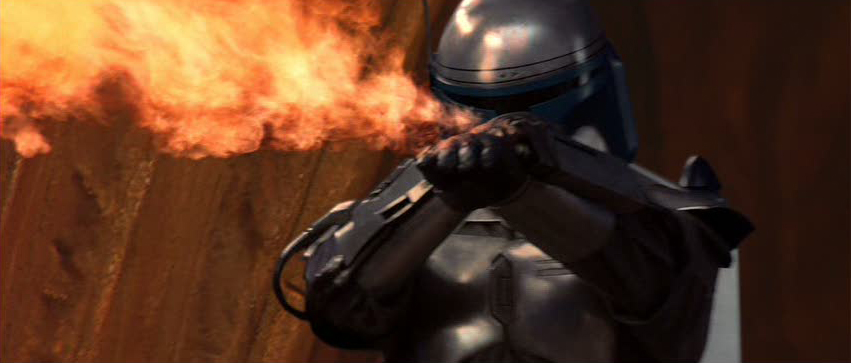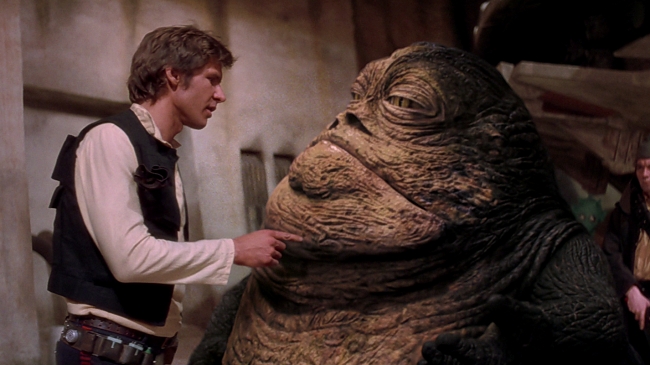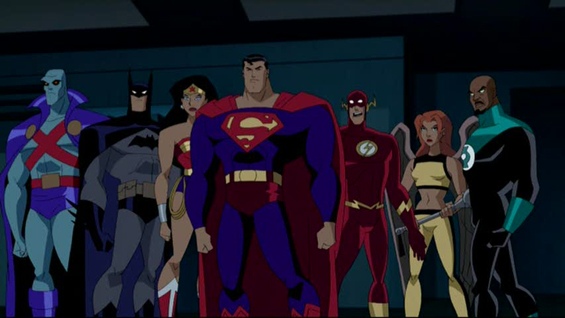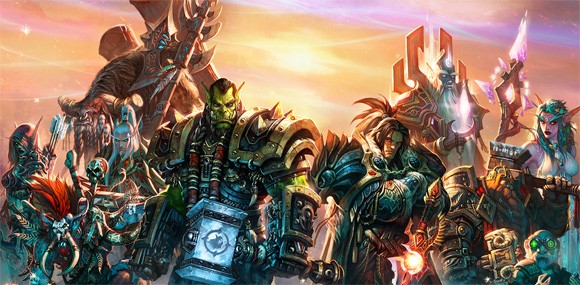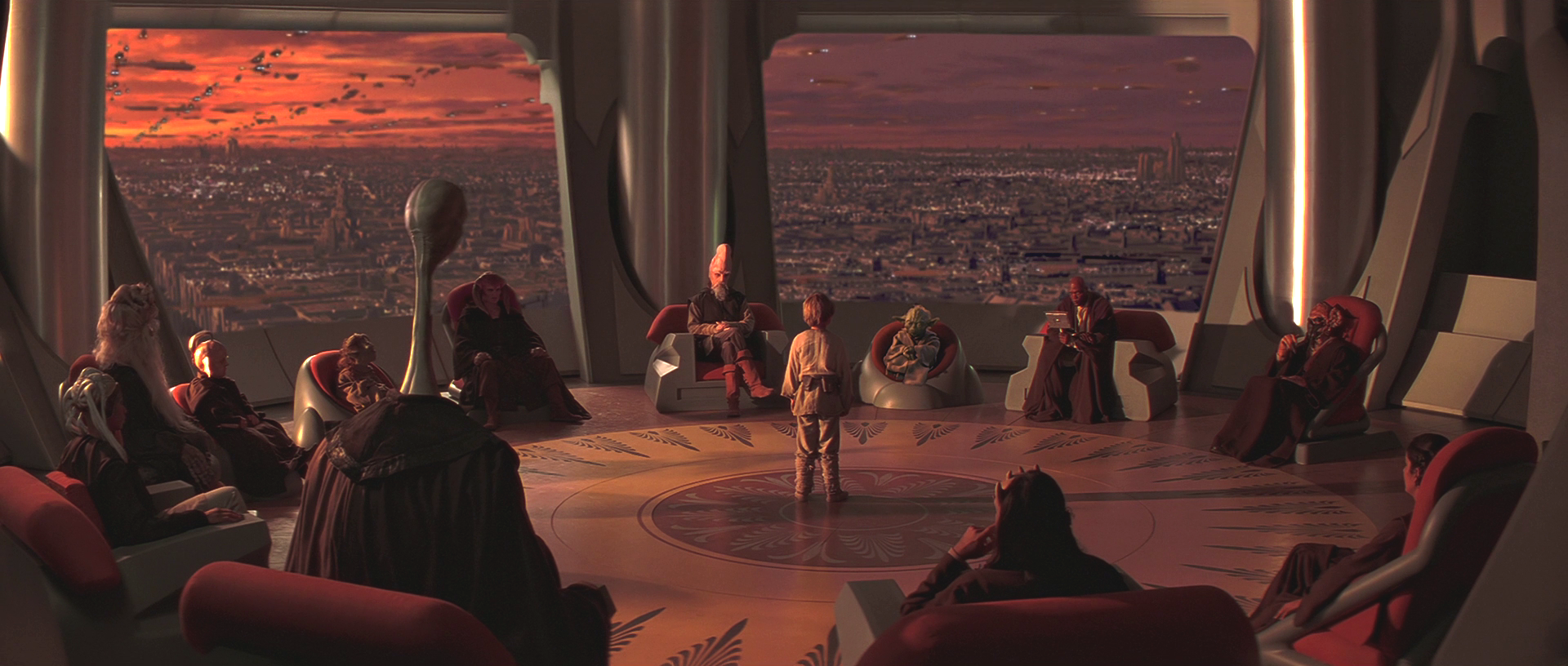
One of the staples of literature and media aimed at children is the story of growing up. It can easily be linked to the hero’s journey that is the mainstay of the Star Wars story arcs, and throughout the saga we meet many a young hero who has to grow up a little and save the galaxy. We watch Anakin and Luke Skywalker go from idealistic kids to serious Jedi- and then two different paths for the hero’s journey from there. The Solo children also face the challenges of growing up in an unstable galaxy, answering the call to adventure, and having to grow up in order to handle the challenges thrown at them. For each generation of Star Wars fans, we find the characters who are about our age when we first fall into their stories, and we grow up with our favorite characters. The theme of growing up bridges the young adult and adult novels, keeps Star Wars accessible to all ages, and brings in new fans as they get old enough to identify with the characters.
Luke Skywalker starts out as a young idealistic kid, seeking adventure far away from his backwater home planet. He wants to see the galaxy and have adventures, but when given an opportunity by old Ben Kenobi, he nearly runs away. Luke hasn’t been raised to be a hero and isn’t yet aware of his importance, and it does take rather tragic events to begin his growing-up process and start him on the path to becoming a Jedi Knight. It’s something of the stereotypical hero’s journey, and as a coming-of-age story, Luke has many opportunities to walk away and not deal with the danger of being a member of the Rebel Alliance and a Jedi Knight. It’s an important part of his growing-up process to stick with his journey, and it pays off in the end.
